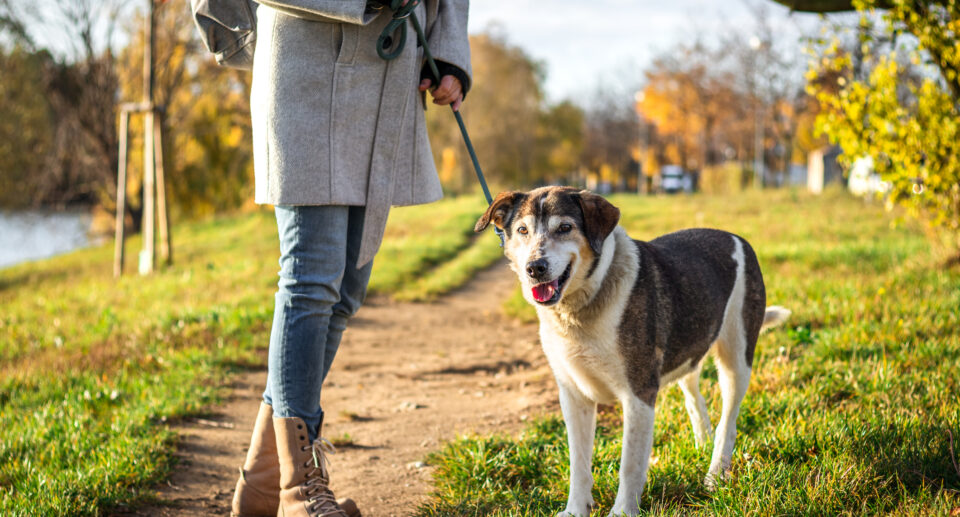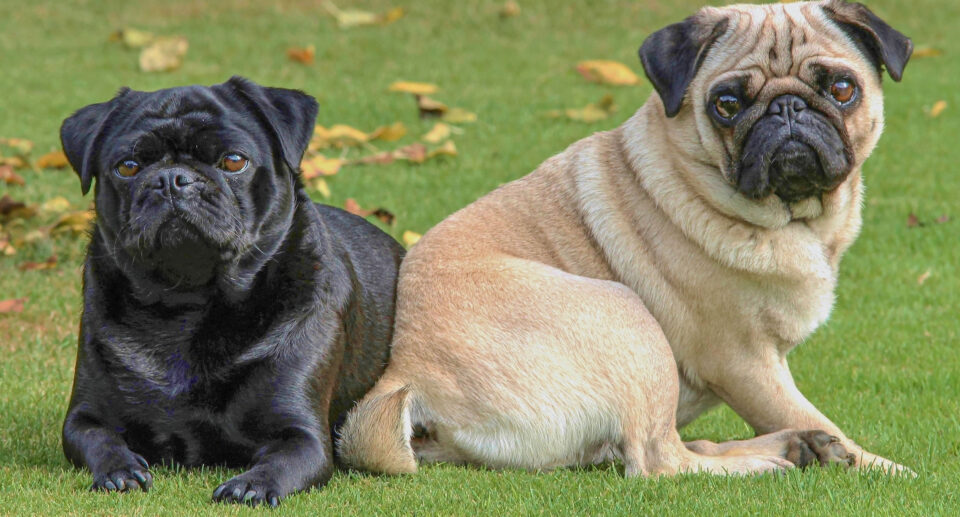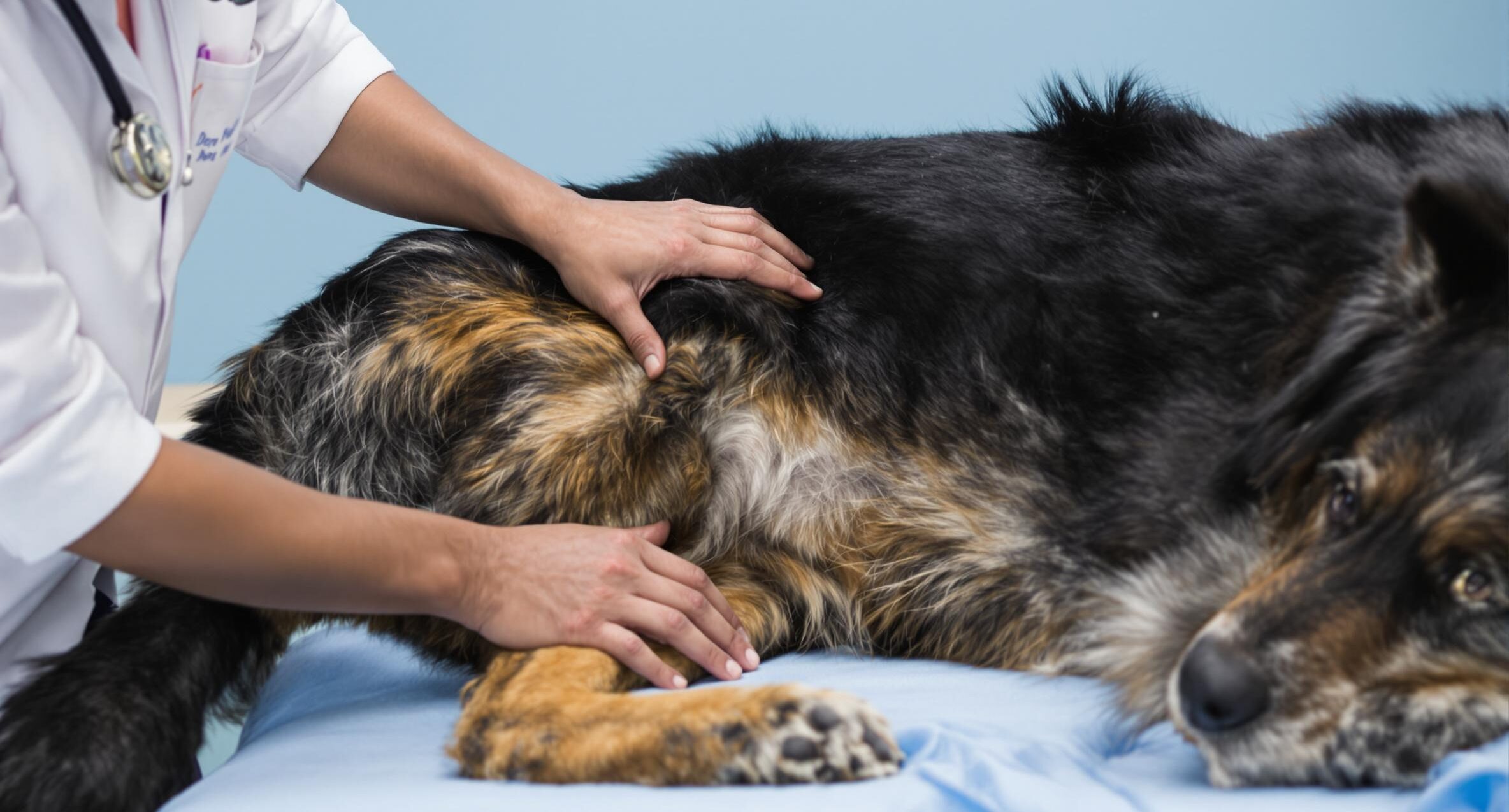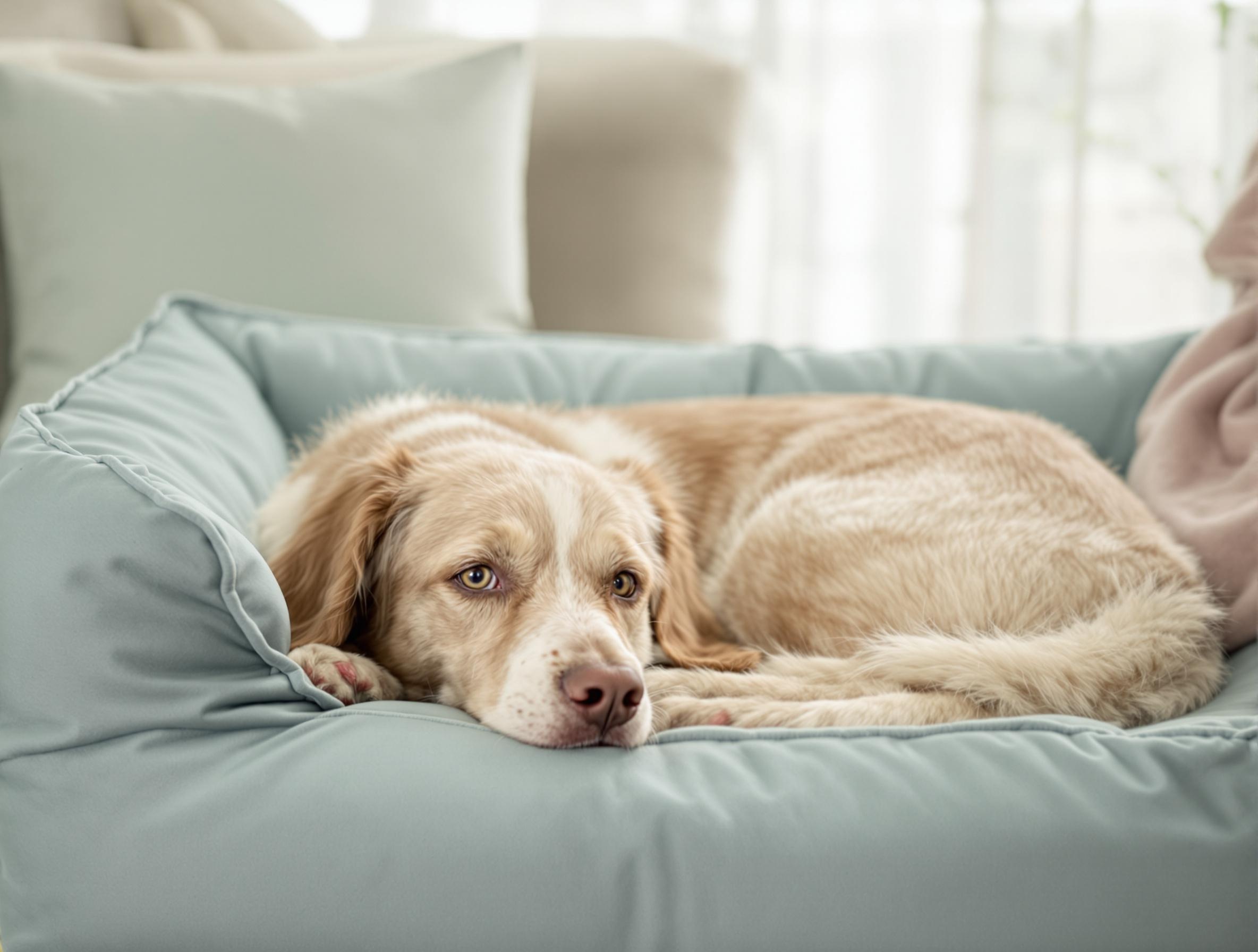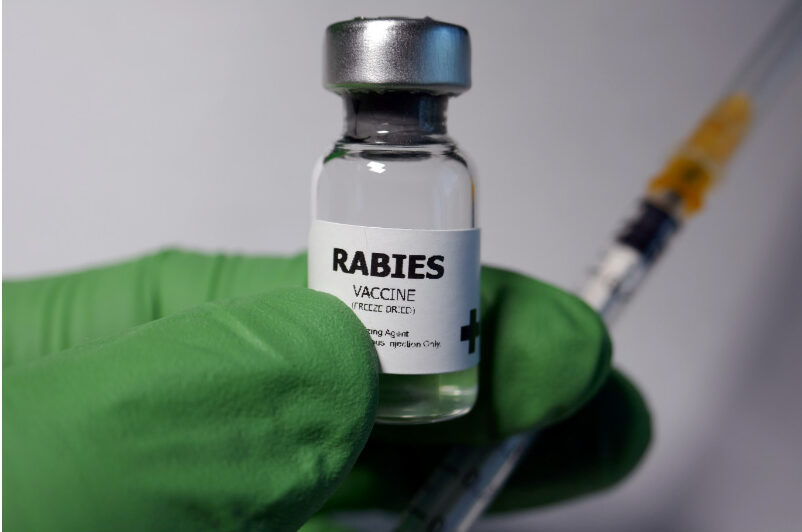How To Care For Your Dog After Surgery
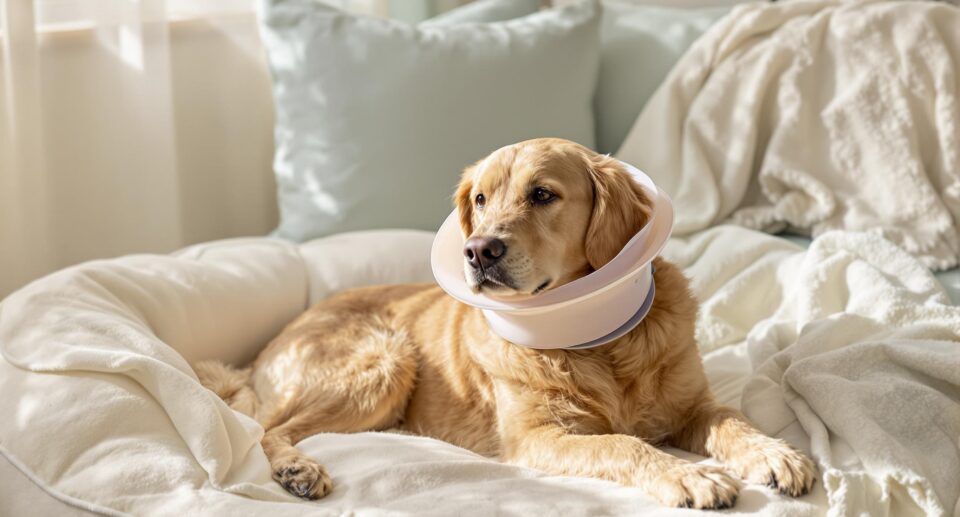
Whether your dog went in for a simple neuter or a major surgical procedure, you’re bound to feel overwhelmed when you bring your dog home from the vet. Now that the hardest part is over, it’s just a matter of helping your dog relax and recover. Use these tips to help your dog recuperate after surgery.
Helping Your Dog Rest After Surgery
Depending on the nature of your dog’s procedure, your veterinarian may recommend restricted activity for about 7-10 days for a routine procedure like a spay or neuter, or six to eight weeks for certain surgeries.
During the first 12 to 24 hours, your dog may be groggy, and may want to do little more than sleep off the effects of the anesthesia. Let them rest in a quiet area of your home, away from children and other pets. Even gentle dogs can bite when they’re not feeling well.
A crate is the best place for your dog to rest while they recover. You can also put your dog in a gated area or playpen with just a bed, water bowl, and, if you use them, a potty pad.
Your dog should only go for leashed walks during the recommended recovery period to ensure that they do not run around. Excessive activity can put tension on the incision and can cause it to reopen.
How To Keep Your Dog From Licking Their Stitches
Dogs may lick at the surgical site, either out of an instinctive desire to keep the area clean, or because it may become itchy as it heals. Licking can pull out stitches, re-open the incision, or introduce bacteria, putting your dog at increased risk of infection.
An Elizabethan collar or “cone of shame” prevents your dog from licking their incision. The bulky, plastic cone you get from your veterinarian might be uncomfortable for extended wear. A soft e-collar like EZ Soft Collar or Comfy Cone is just as effective at preventing licking.
It’s best to keep an eye on your dog for at least a few days after surgery, especially if they have to wear a cone. They may need time to learn how to lie down, eat and drink water while wearing it. If you must leave them home alone with the cone, you can leave them in a crate or a safe, gated-off area where there are no obstacles or objects on which the cone can get caught.
If your dog won’t wear a cone, another option is to loosely cover the surgical site without tightly wrapping it. Small to medium sized dogs can wear a baby’s onesie, while larger dogs can wear a t-shirt, leotard, or recovery suit.
Check on your dog’s stitches at least twice a day for redness, swelling, leaking fluids, foul odors, or bleeding. Call your vet right away if your dog reopens the wound or if you notice anything unusual.
When Will My Dog Eat After Surgery?
One of the most common side effects of anesthesia is a decreased appetite. Your dog may show no interest in eating or even drinking water for up to 48 hours after surgery. Heed your veterinarian’s aftercare instructions. They may tell you not to offer food for the rest of the day.
The next morning, you may offer your dog a simple, bland meal like boiled chicken or ground beef that has been drained of fat, plus white rice, a simple carb that’s easy for your dog to digest and burn as quick energy. Plain low fat yogurt, pure pumpkin puree, egg whites are other safe options. To help your dog stay hydrated, you can offer diluted bone broth or water flavored with a little bit of 100% apple juice with no added sugar.
If your dog’s appetite does not return after 48 hours, contact your veterinarian.

